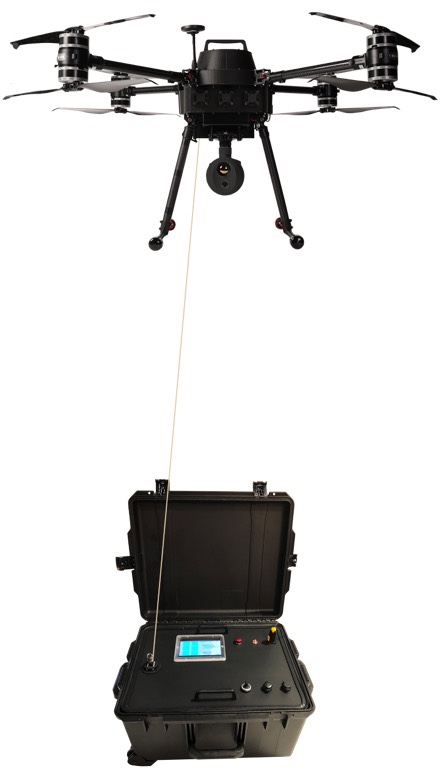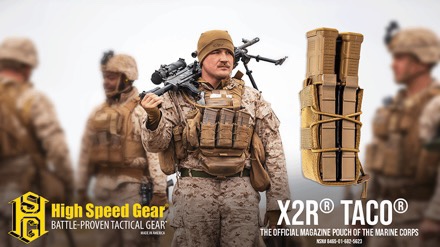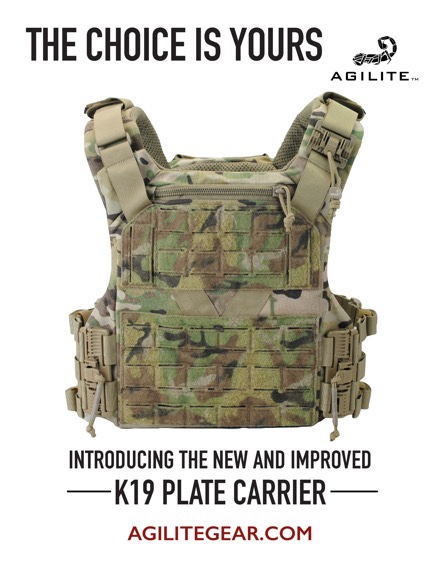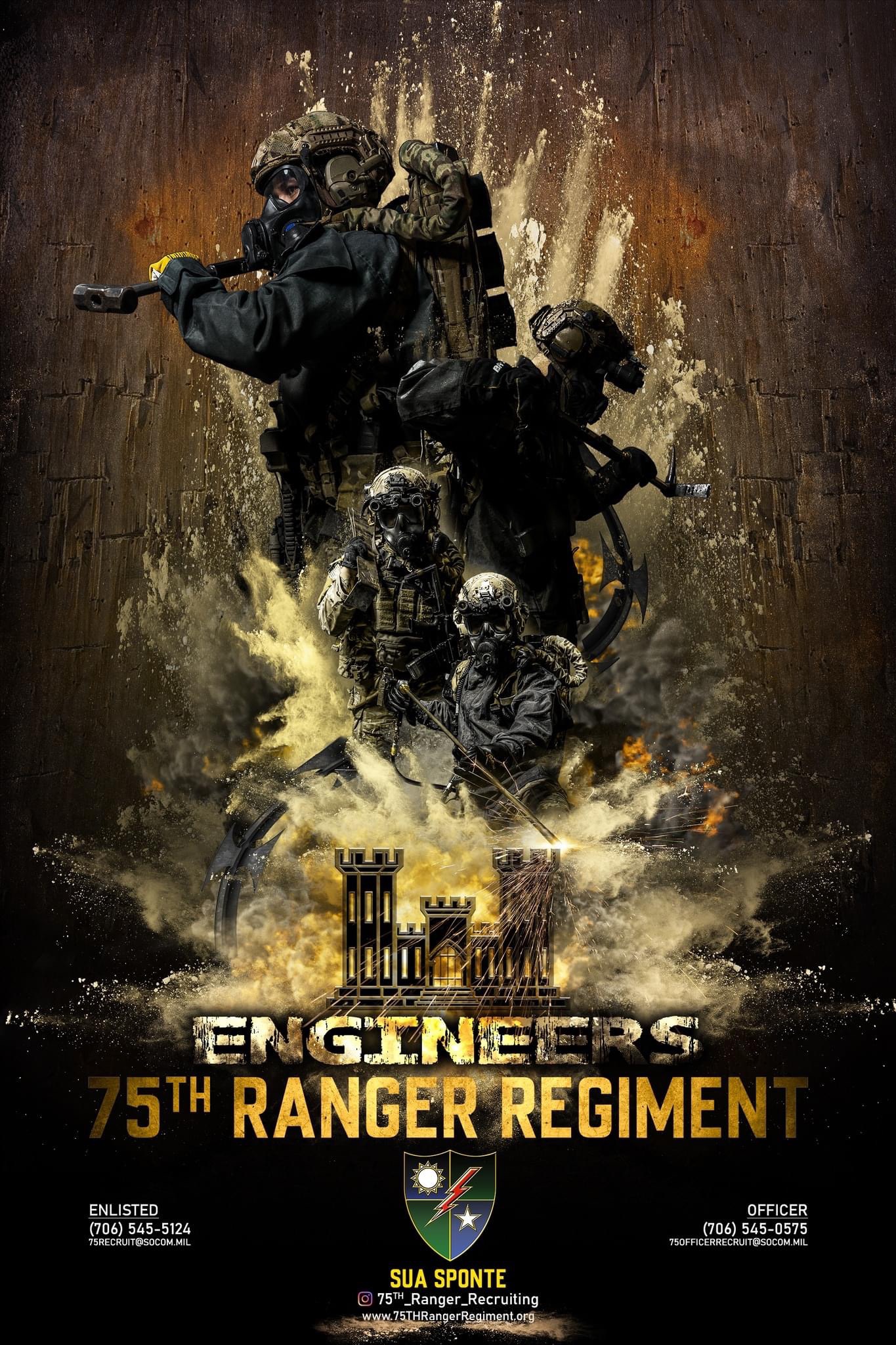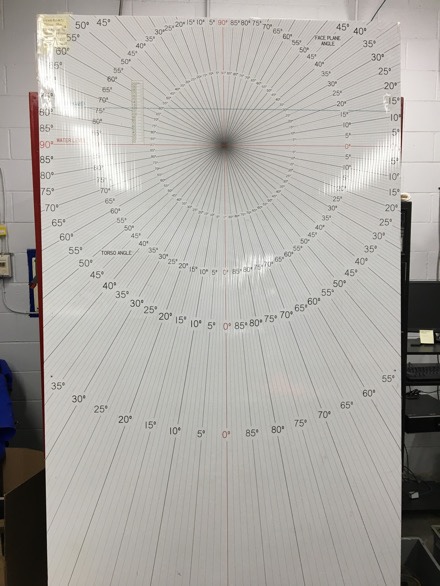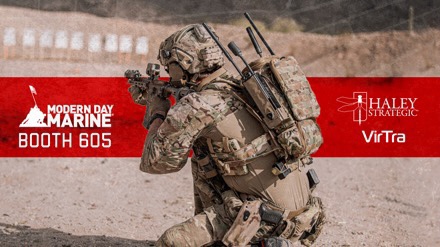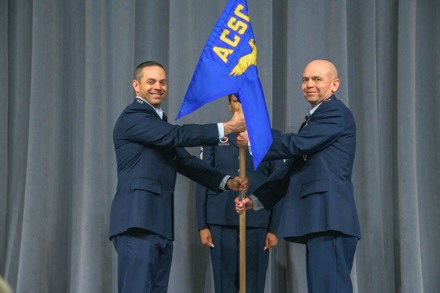
Who:
We are a Team of veterans, engineers, designers, and business professionals which was founded and grew out of a need to fix a system that wasted human and material resources and ultimately let servicemen and women down.
We wanted to solve key pain points and began with the question, “How can we unlock the complexities of human insight and use this information to make better products?”
The system in which we operate has inherent flaws that makes it challenging to achieve desired outcomes. Having been there, we knew that the voice of the end user, the individual who deeply understands what they need, should be heard. We also knew the problem existed and persisted at every level, from military operator in the field, to congressmen and women stewarding our nation’s resources, from the consumer to the board room.
What:
Our motto is “Humans Before Hardware”. Intraloop is returning to software’s original promise: solving problems in the physical world. We’re starting with the DoD because America’s competitive advantage comes from building the right things for our national security – better, faster, cheaper.
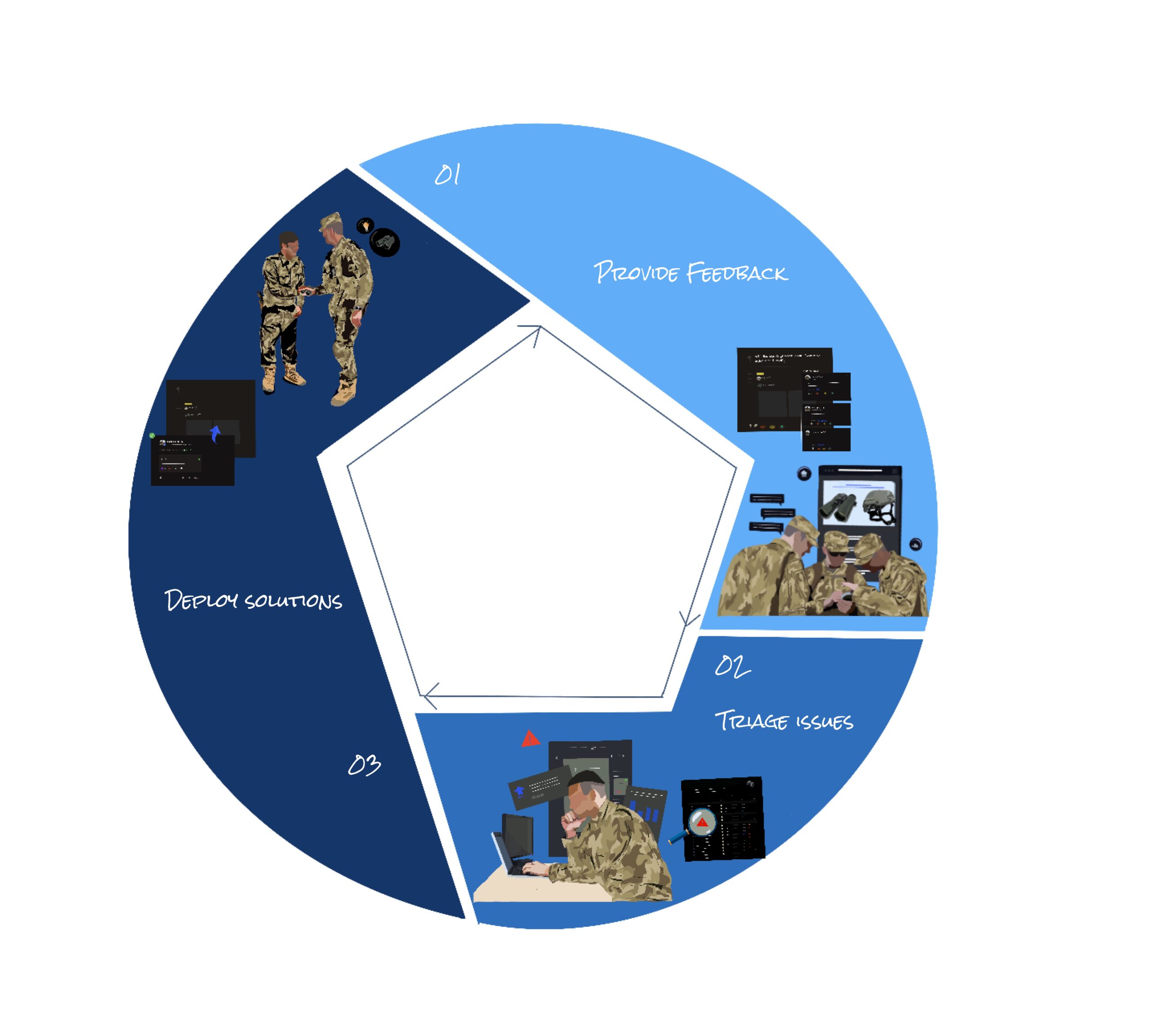
At the heart of what we do is connecting organizations and communities and giving them the tools and ability to make informed decisions that move the needle.
We’ve created a platform that includes:
-The ability to collaborate across end user communities and organizational administrators.
-Various engagement techniques that gather quantitative and qualitative data in novel ways.
-An admin dashboard that turns end user interactions into faster, data-driven decisions.
By bringing user concerns to the forefront, it reshapes the process and allows for early engagement on products and services. The system is focused on human-centered product design and decision grade analytics which empowers organizations to have a greater impact and increases buy-in at all levels.
Where:
Our platform goes where you go. It can be deployed anywhere, with both Commercial and Government/Defense partners.
When:
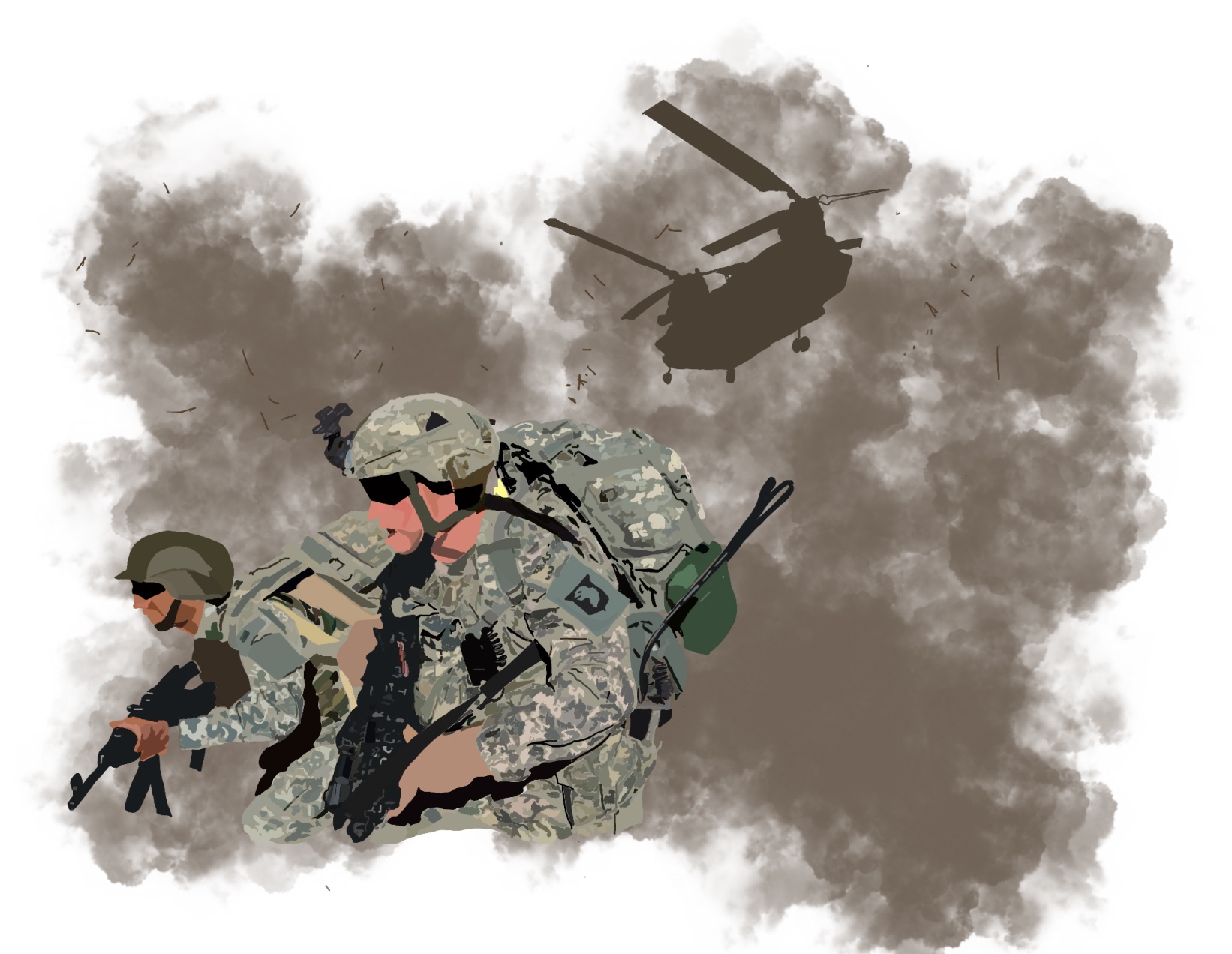
The time is now. There’s a clear signal that this is needed and it’s coming in from many directions.
In the Office of the Secretary of Defense’s memo for ‘Software Modernization’ published in February 2022, the document emphasized the following themes:
Speed Innovation into the Hands of the Warfighter – “The Department must evolve and innovate smartly, leveraging industry, academic, and scientific communities to drive toward technical solutions of mutual benefit, to establish creative relationships through agreements, and to foster experimentation.”
Empower the Broader Workforce as Contributors to Technology – “Developers are not the only ones who can impact software modernization. From infrastructure managers to operators, the entire workforce has the opportunity to help evolve technology. The entire workforce must understand their role in delivering software and find ways to streamline processes, push for automation, and better leverage technology.”
Testing & Acquisition – “As software plays a more significant role in weapons platforms and mission capabilities, robust software testing must be integrated into delivery pipelines and account for end-to-end mission thread evaluations.”
We see a shifting world order with the current conflict in Ukraine resulting in increased defense spending across Europe. The question arises on how to best use that money. We must offer ways to accelerate readiness while saving costs.
Why:
There’s a problem that needs fixing. In a 2019 Government Accountability Office report, it was reported that out of the top 20 major defense acquisition programs (MDAPs), the government went $628 bn over budget in the last 5 years. Part of the reason this happened is that they don’t have the tools to gather and rapidly analyze robust user generated data.
When you speak to operators, it’s clear that their needs aren’t being met. There is simply no means to send that signal in a meaningful way. What’s more, acquisition officials lack the necessary data to make better, faster decisions.
Time is a precious resource and more “traditional” ways of conducting research is time and labor intensive and the data isn’t always easily tied to decisions.
Software should support the people. We allow for rapid data collection and analysis to happen in a fraction of the time, in an intuitive way. The result is data that is easy to digest and leads to decisions, but also reduce waste as well as the human and material cost. We feel this is an important goal because it is how we maintain both our military and industrial edge against global adversaries.
intraloop.io
